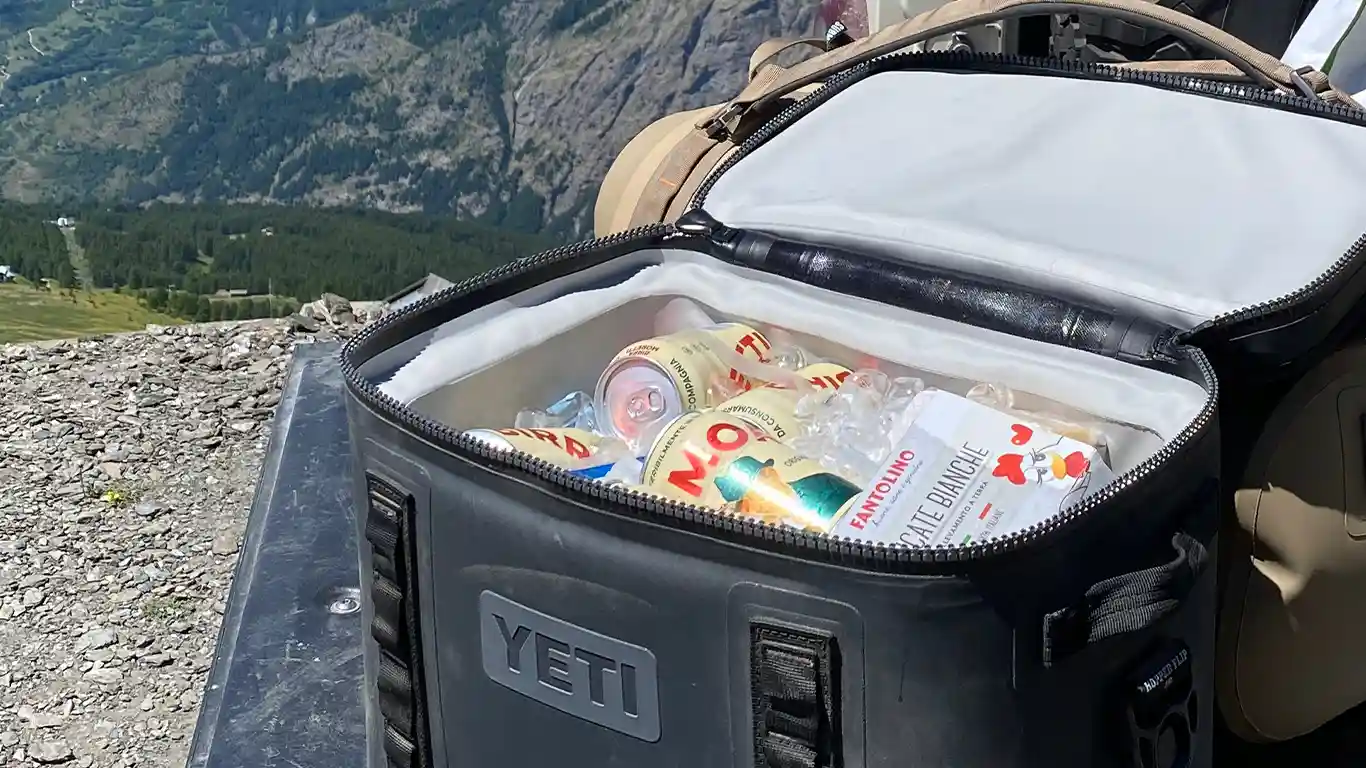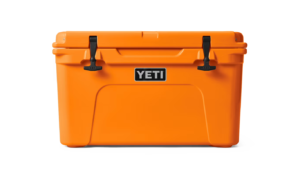This product review started completely on the wrong foot, because I never understood the idea of filling up a box with ice cubes to keep stuff cold when I have a perfectly capable compressor fridge in the back of the Land Rover…until, that is, I didn’t. Don’t get me wrong, I still have the Dometic in the Land Rover, but our recent expedition into the Western Alps saw me driving the INEOS Grenadier Quartermaster, which, being a pickup, came with an al fresco load area because it was fitted with the rollbar and couldn’t accommodate any form of cover. The second row seats were already occupied, so the fridge couldn’t go in there either.
So, what other option did I have other than to go with a cooler? Well, I could have stowed all the perishables and tins of beer in Stefan’s Snowmaster 56D in the back of his Discovery (and I did for a while), but even that monster of a refrigerator was soon bursting at its seams. On the other hand, I certainly didn’t want to resort to a hard case cooler because I regarded my predicament as temporary and couldn’t foresee any future in owning something that would probably spend the rest of its life taking up space at home and/or being misappropriated to store other bits and pieces.
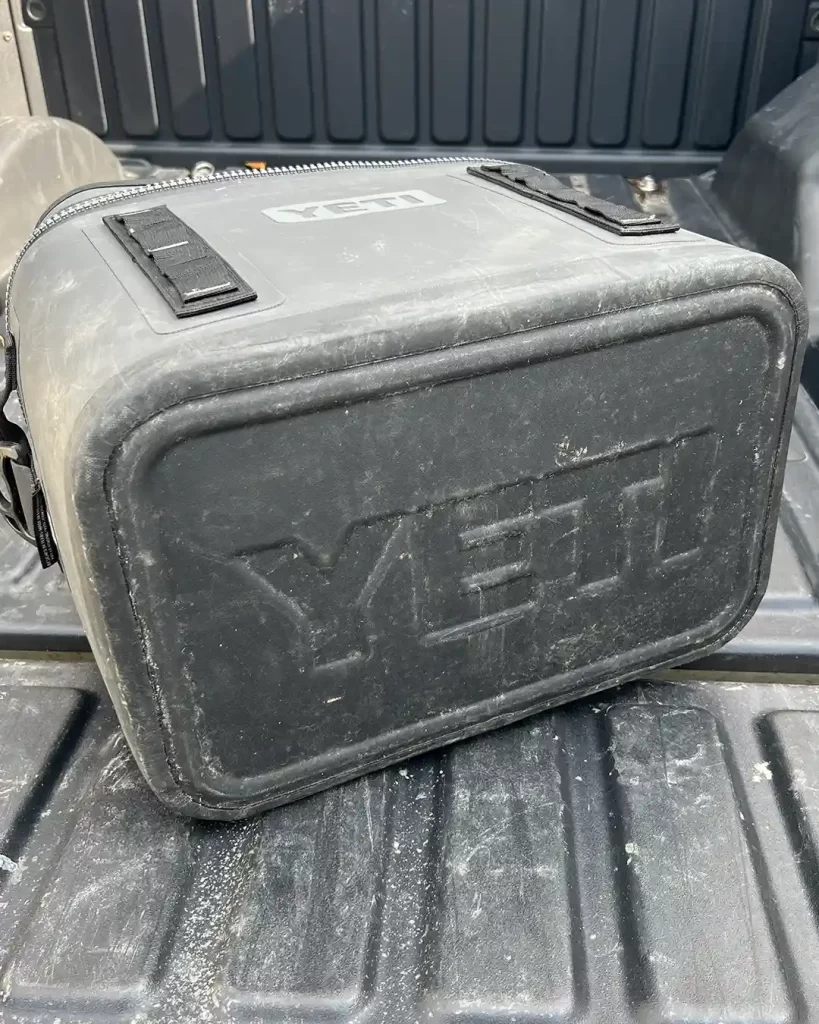
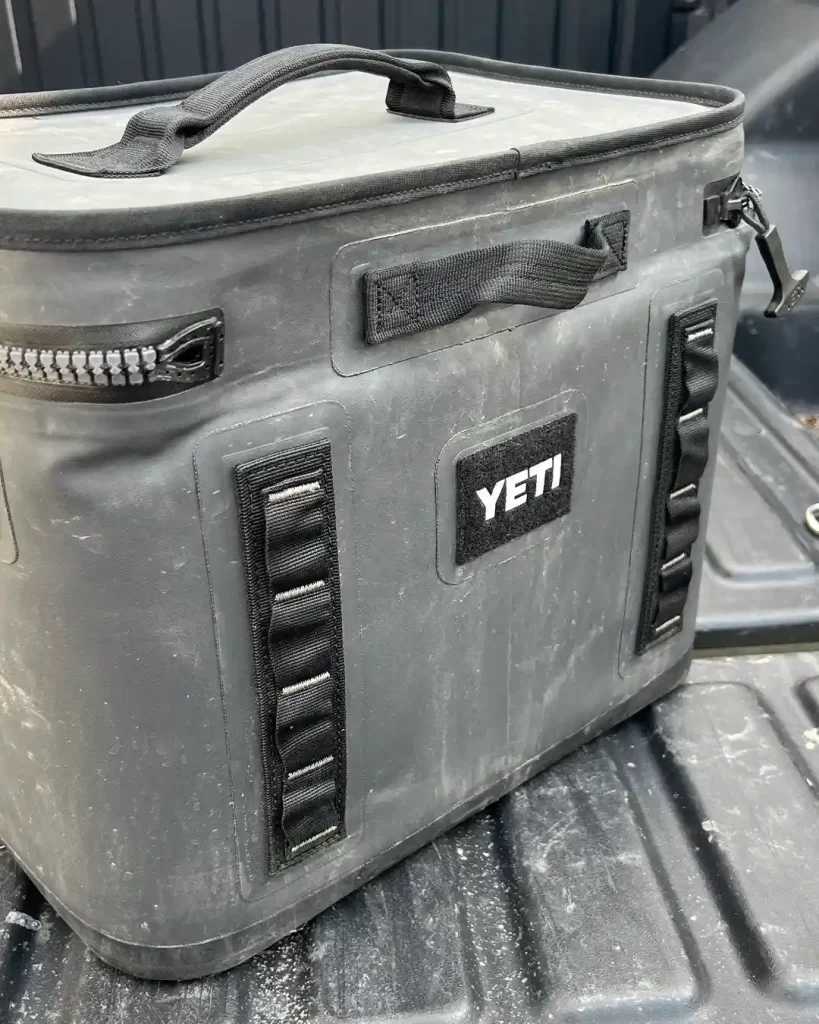
Hard or soft? Soft coolers have the advantage that they are smaller, lighter and quickly prove their worthiness on supermarket runs during the warmer months. Thanks to the shoulder strap, Elisabeth could, if necessary, also easily carry it from the car to our homely kitchen without any problems.
Let the blind date with my new YETI Hopper Flip 18 Soft Cooler begin.
FUNDAMENTALS
Roy and Ryan Seiders founded YETI in 2006 to make cool boxes because nothing on the US market, at the time, met their expectations regarding efficiency and durability. Since then, they have raised the bar quite considerably and become the brand to match when it comes to keeping freshly caught fish, or other food and drinks, cool when you don’t have access to a power socket. It’s fair to say YETI have learned a thing or two about insulation in the last 18 years and, when it comes to being robust, their products are definitely here for the long haul.
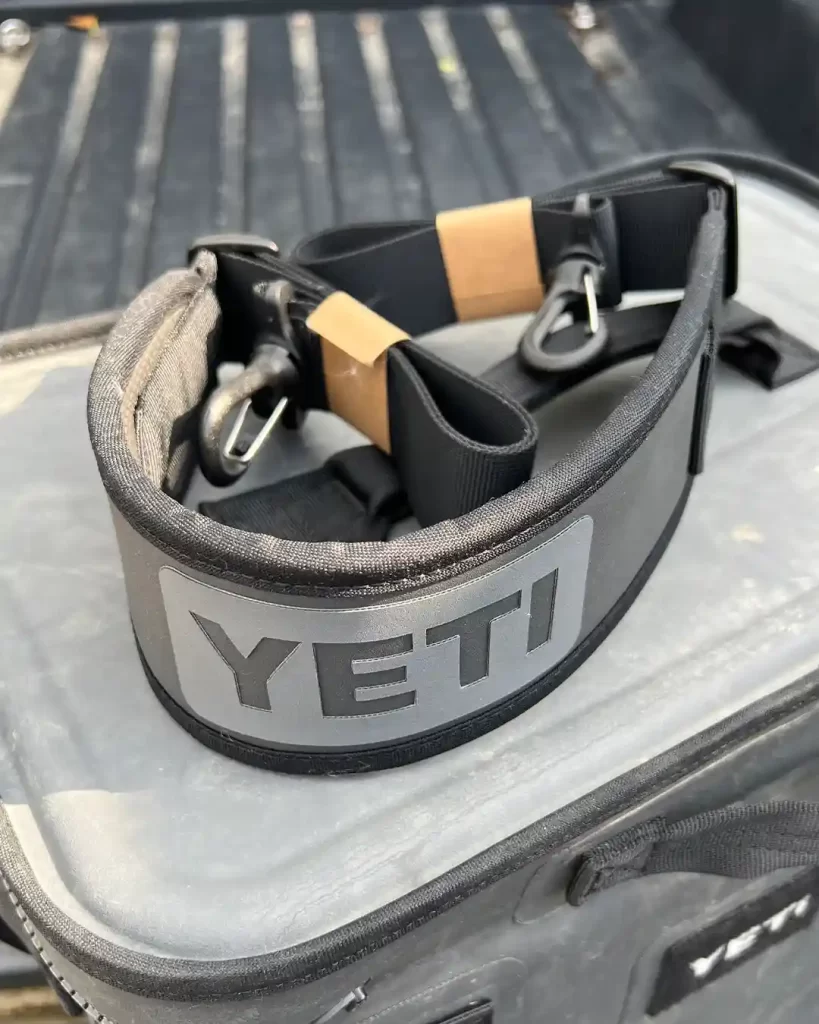
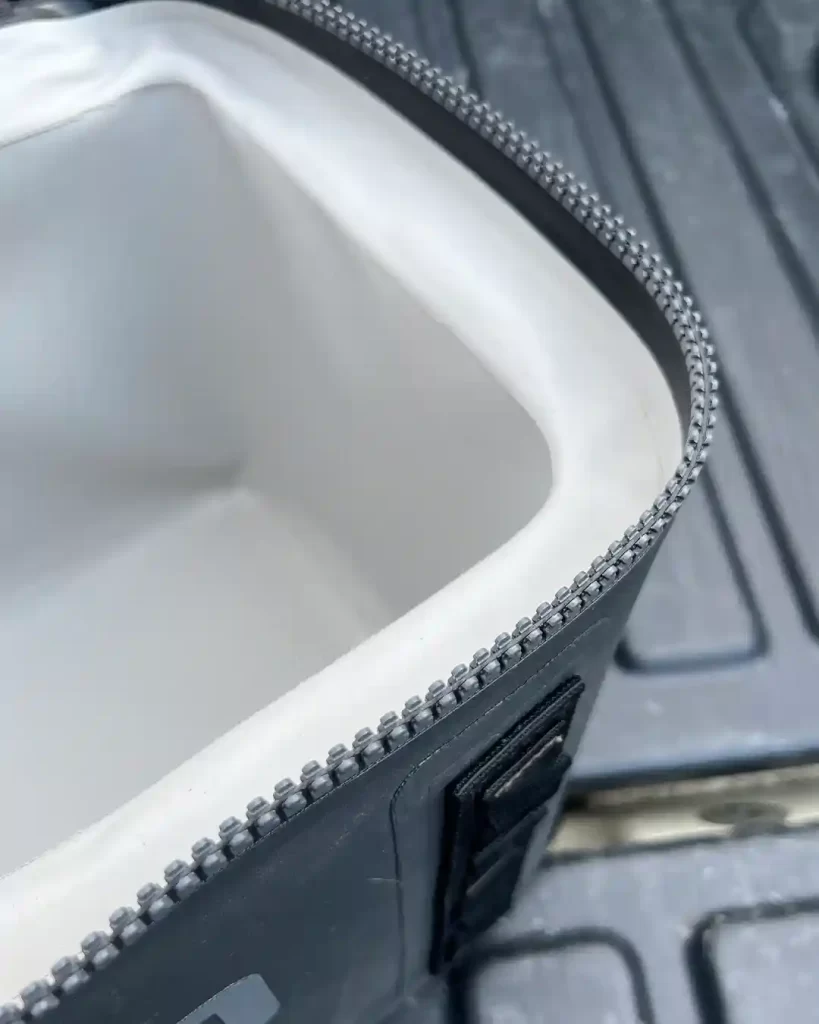
In the US, ice cubes are available almost everywhere…certainly most motels and hotels have ice machines on every floor and, more often than not, it’s free. So refills for the cooler are not an issue. Europe is slightly different: some fuel stations and supermarkets have ice cubes for sale and the prices vary considerably. In Italy, I was paying between €0.99 and €1.92 per kilo. My local discounter in Cologne charges between €1.59 and €1.99 for 2 kilos.
TESTED
It’s July 2024 and the temperatures in the Western Alps range from the low 20s to high 30s depending upon the altitude. Stefan and I agreed to keep meat, dairy and some vegetables (along with several back-up tins of beer) in his Snowmaster, while I put a few bottles of white wine and 12 tins of beer in the cooler along with four kilos of ice.
First of all, the drinks went from ambient temperature to well chilled in no time. But the real proof of concept was that 24 hours later, after being shaken around and standing on the bed of the Quartermaster in the blazing sunshine, the drinks were still really cold and, surprisingly, there was a lot of ice in the melt water. Twelve hours later, the following morning: still ice and still very cold.
To keep the temperature stable for the next 24 hours, I bought a few more cans of beer, discarded some of the melted water and topped up with fresh ice. As my confidence grew, I started keeping things like milk, eggs and other packed groceries in the cooler too. Cheese, salami and an open pack of ham went into a knotted bin bag with the air expelled and were submerged beneath the ice—a watertight plastic box would have sufficed if I’d had some to hand.
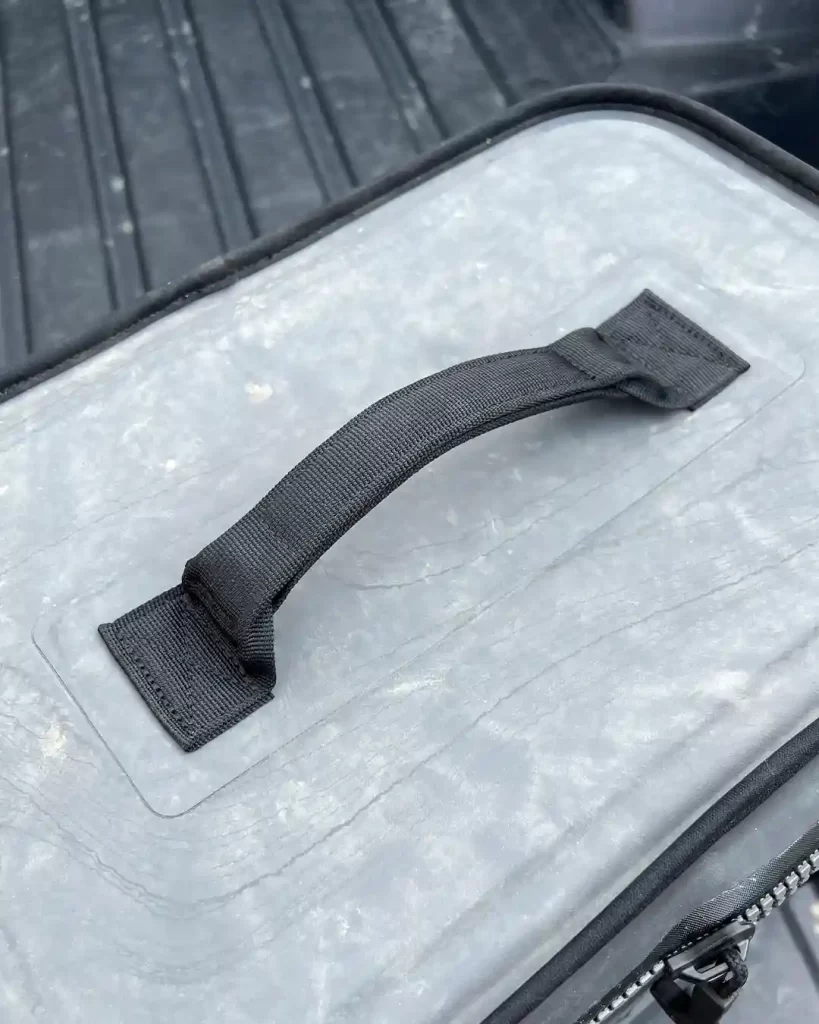
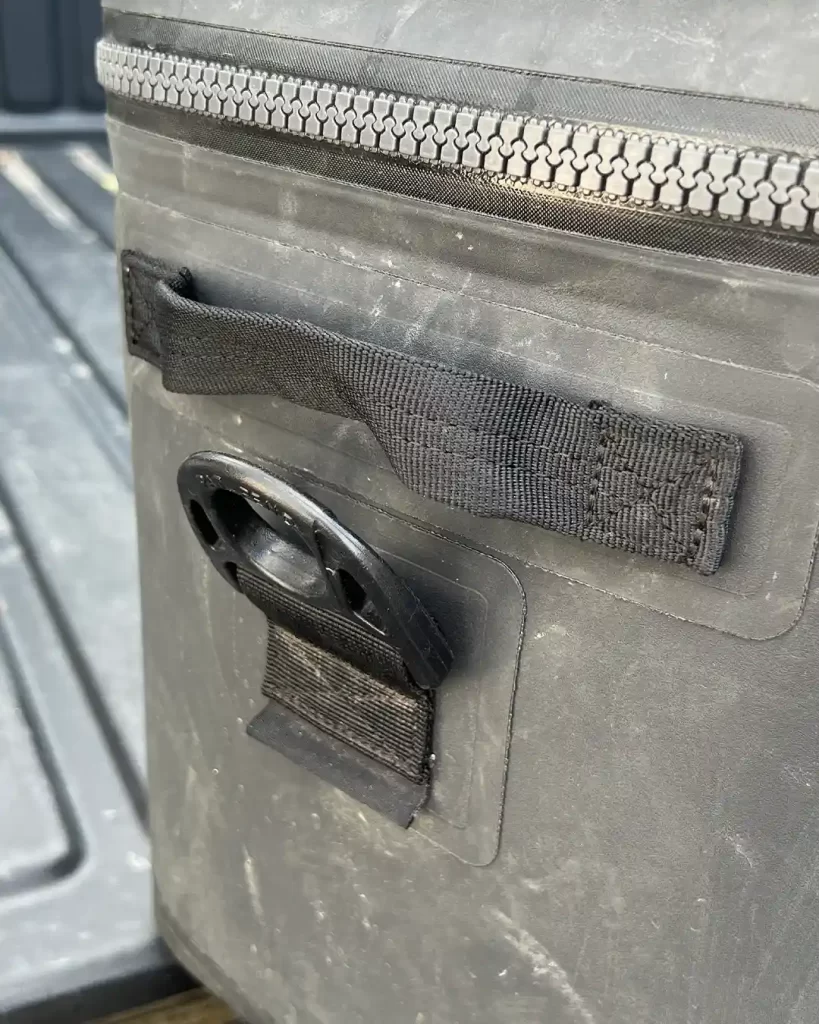
After two weeks, thousands of kilometres, the full spectrum of weather, rough offroad trails and plenty of dust and grime, I have added the Hopper Flip 18 cooler to my kit for the next adventure into Pyrenees. The charcoal coloured exterior has weathered nicely and now has a well-used look.
If I could change something, it would be to add a second loop at the base of the rear. This would allow me to secure the cooler with one strap through both loops and the lid could still be opened.
SPECIFICATIONS
The YETI Hopper Flip is available in eight colours and three sizes: 8, 12 and 18. To put the model numbers into perspective, the 18 will hold twenty 500 ml cans of chilled beer with twice the amount of ice. The 8 and 12 can hold eight and thirteen cans of beer respectively.
The 18 measures 45 x 29 x 32 cm (WxDxH) on the outside and weighs 2 kg (empty). Internally, the cavity measures 37 x 25 x 22 cm, and the opening is full size and provides easy access.
The zip is waterproof. In fact, when we drove up to 2,700 m the cooler had inflated due to the changing air pressure…so it’s definitely not going to leak.
There is a carrying handle on each side along with robust hooking points for the shoulder strap. The front and rear have two rows each of four daisy chains for attaching smaller items. There is also a grab handle near the top edge at the rear (which I used to loop through a ratchet strap to keep the cooler in place on rough tracks) – ideally, I would like a similar loop at the bottom so that I could use them together to secure the cooler with a single strap and still be able to open the lid. The main carrying handle is attached to the lid.
Closed cell rubber foam provides good insulation, and all surfaces (inside and out) are protected against mildew. The exterior DryHideTM shell withstands punctures and UV rays.
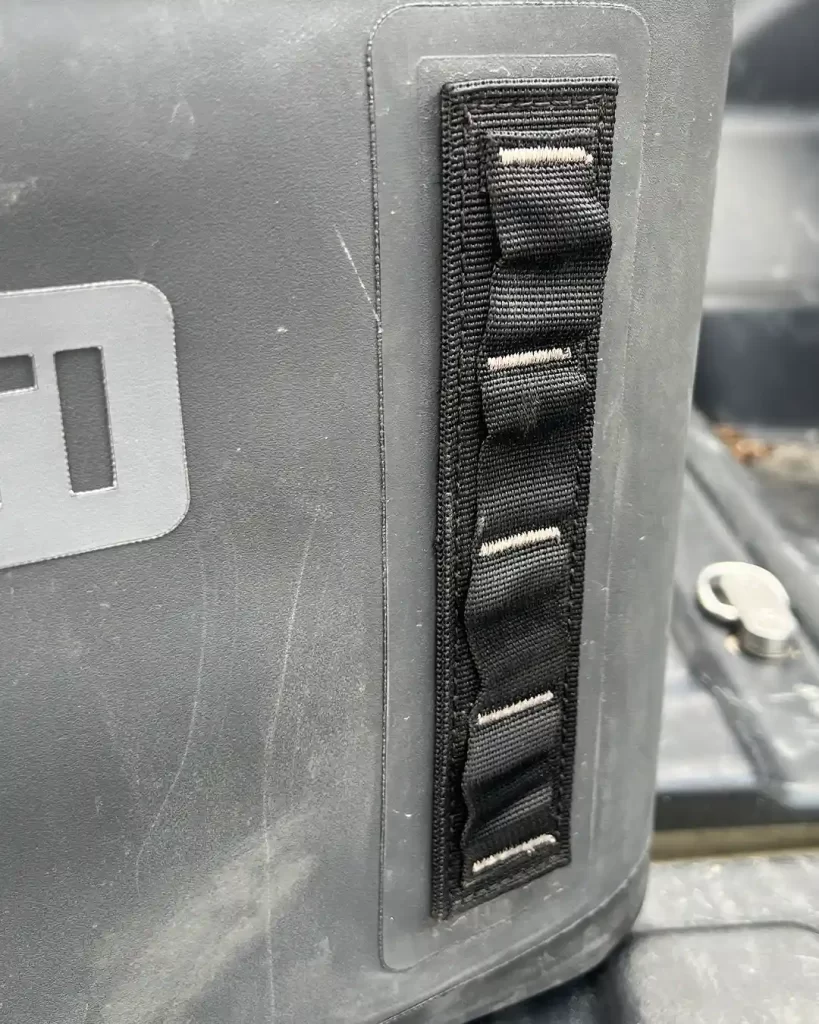
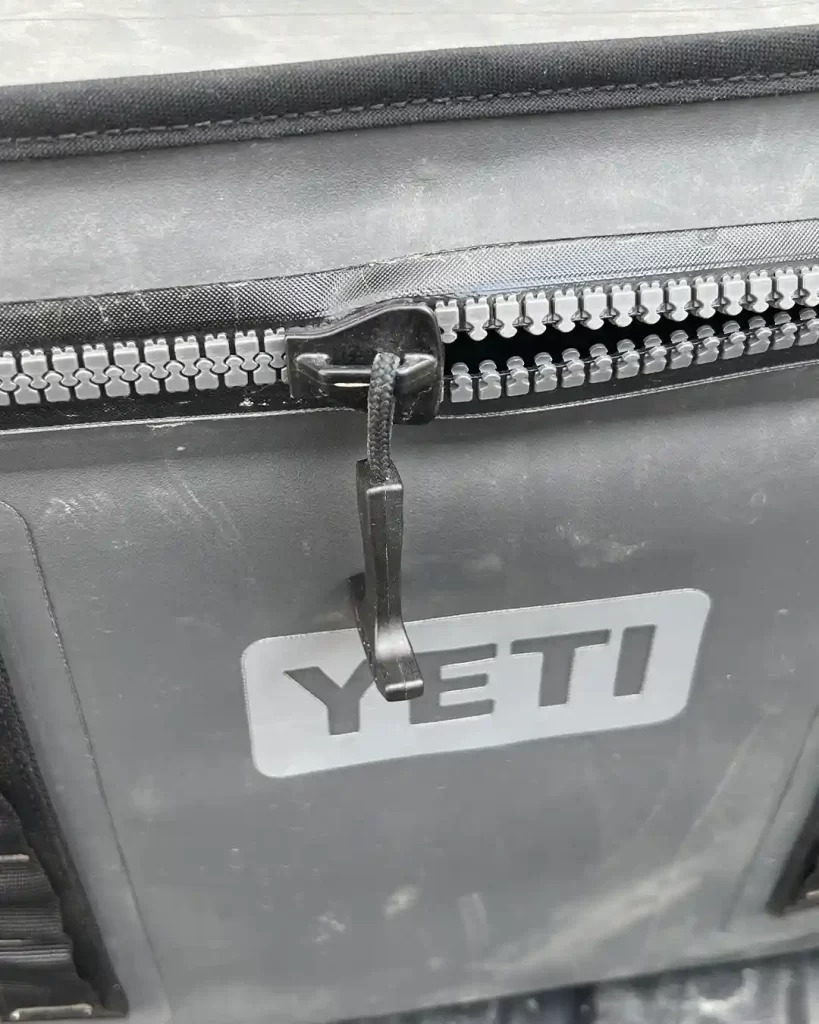
TIPS TO KEEP YOUR YETI COOLER LONGER
Start with a chilled cooler If you can, sacrifice some ice to get the interior temperature down as far as possible before loading up.
Use twice the ice as contents YETI recommend 2/3 ice to 1/3 food/drink.
Ice temperatures vary When filling up with ice, make sure it is as dry as possible. Wet or dripping ice won’t last as long.
Block ice vs. ice cubes Smaller cubes will chill a cooler and its contents more quickly, but block ice melts more slowly. If both kinds are available, look for a balance between the two.
Air is the enemy The more air you have in the cooler, the faster the ice will melt. Try and fill the space left vacant when you take stuff out with either more ice or even a towel.
Don’t drain the water Once the cooler is in use, don’t tip out the cold water as this helps to insulate the remaining ice. Protect meat and other food from the melt water by keeping them in watertight bags or boxes.
Sunlight = heat Keep your cooler out of direct sunlight and cover with a towel or tarp if there isn’t any shade.
Limit cooler access Every time you open the cooler, warm air gets in and increases the speed the ice melts. Remembering where you put things can help you retrieve items without opening the lid completely.
CONCLUSION
I would never have used the YETI Hopper Flip 18 on a trip if circumstance hadn’t forced me to. Even then, the misconception that it wouldn’t perform echoed in my mind, and I remained apprehensive about subjecting my food and drinks to what I imagined would be lukewarm water sloshing around in a leaky bag.
I couldn’t have been more wrong if I tried. The soft cooler did exactly what it was meant to and kept the contents cold—not cool, cold—for 36 hours. The temperature would almost certainly have stayed cold longer, but I wanted to recharge the ice regularly because I was never sure when we would be coming back down from the mountains again. Nothing leaked out, and condensation didn’t form on the outer shell.
During the trip, the Hopper Flip 18 was subjected to the elements, plenty of dust, and had to endure the journey tied down on the bed of the Quartermaster.
The zips are reminiscent of those fitted to my Ortlieb Duffle (which are also watertight). The Duffle has been in use for five years or so now, and the zips still perform as they did at the beginning, so I anticipate the YETI zips to stand the test of time equally as admirably.
The workmanship is (unsurprisingly) excellent and the cooler’s pedigree is a good indication that it will last for a long time to come.
€340 | YETI.COM

